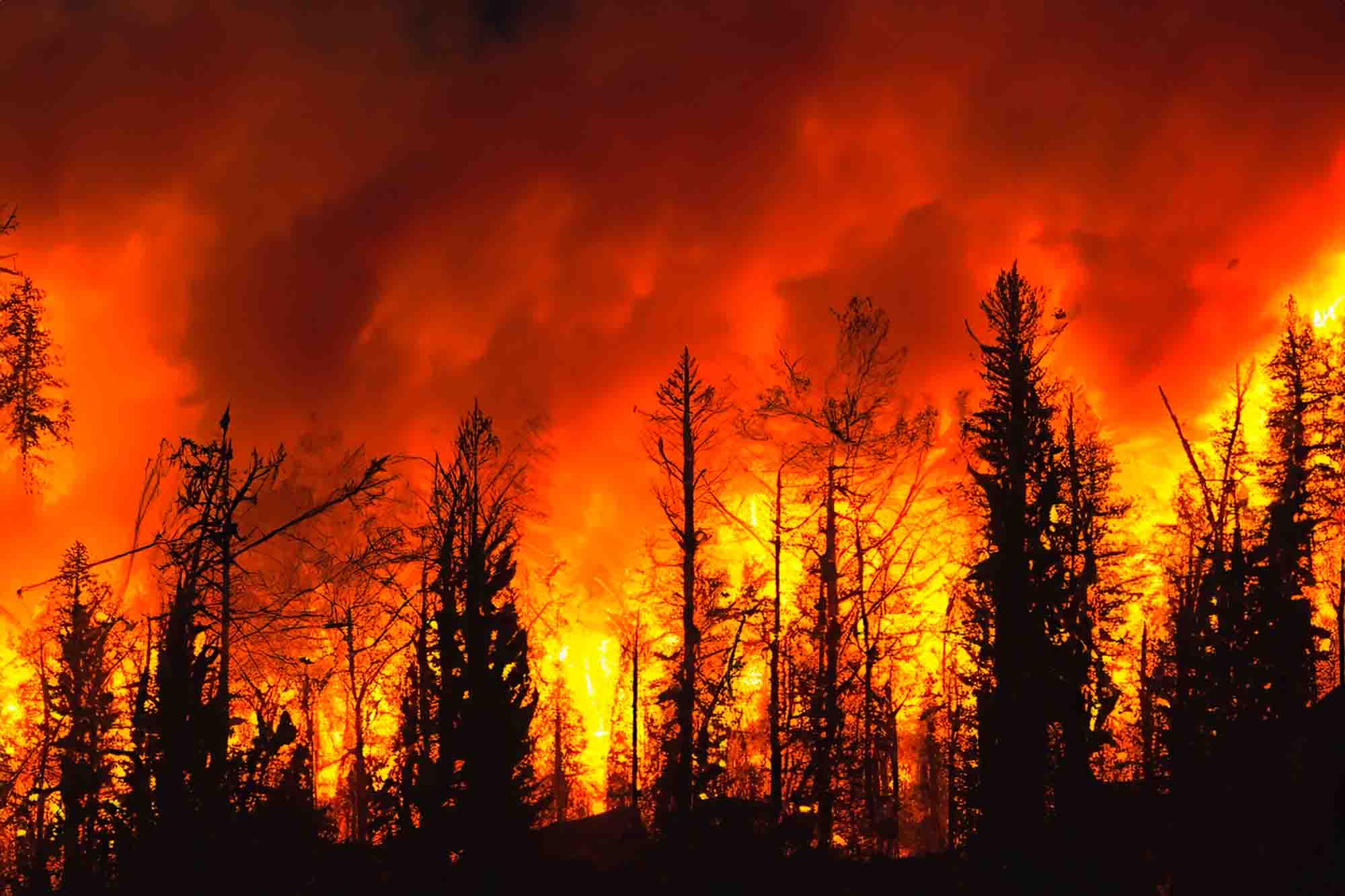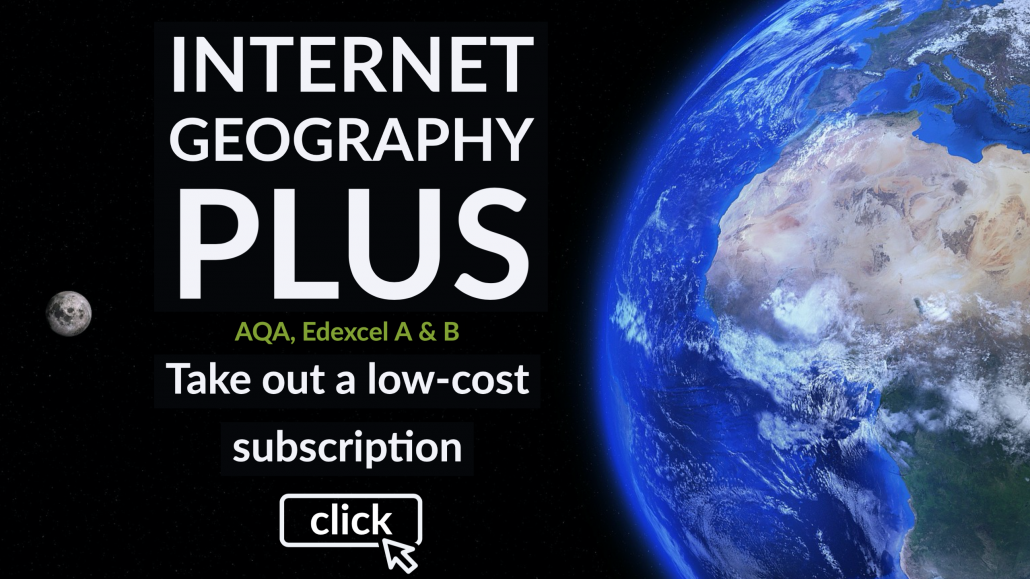Since Tuesday, 7th January 2025, California has been battling some of the most destructive wildfires in its history. The fires, particularly the Palisades Fire and the Eaton Fire, have devastated large areas in and around Los Angeles County. Despite the efforts of thousands of firefighters, the fires remain a significant threat due to dry conditions and strong winds. Here’s a detailed look at the causes, effects, and responses to this ongoing crisis.
Mapped: the Los Angeles wildfires
The first and most major fire is burning in the Pacific Palisades, a wealthy coastal neighbourhood of Los Angeles. It began around 10.30 am on 7th January 2025 and has burned more than 23,707 acres.
Causes of the Wildfires
Several factors have combined to create the perfect conditions for these wildfires:
- Dry Vegetation and Drought
California has experienced a long dry period, with downtown Los Angeles receiving only 0.16 inches (0.4 cm) of rain since October. Additionally, the unusually wet years of 2022–23 caused a surge in vegetation growth, which has now dried out and become fuel for the fires. - Santa Ana Winds
Strong offshore winds, known as the Santa Ana winds, have played a critical role in spreading the fires rapidly. These gusts, which can reach up to 50 mph (80 km/h), push flames across vast areas and make containment difficult. - Climate Change
Climate change has made California’s weather more extreme, increasing the risk of wildfires. “Whiplash” weather patterns—shifting between wet and dry periods—have created conditions where vegetation grows rapidly and then dries out. Rising temperatures and a “thirsty atmosphere” further exacerbate the situation. - Human Activity
While investigators have not yet determined the precise cause of these fires, human activity, such as sparks from machinery, faulty utility lines, or even accidental negligence, often plays a role in wildfire outbreaks.
Did you know?
Wildfires can move incredibly fast, sometimes reaching speeds of up to 14 miles per hour (22 km/h) in grasslands or flat terrain. That’s faster than most people can run! In mountainous areas, the speed increases as fires race uphill, with flames spreading four times faster for every 10-degree increase in slope.
Effects of the Wildfires
- Loss of Life and Displacement
At least 24 people have died in the fires (13th January 2025), and 16 others are reported missing. Over 105,000 people have been evacuated, with another 87,000 facing evacuation warnings. Entire neighbourhoods have been razed, leaving many without homes. - Destruction of Property
More than 12,000 structures have been destroyed, including 7,000 in the Eaton Fire and over 5,300 in the Palisades Fire. High-value properties in neighbourhoods like Pacific Palisades and Brentwood have been particularly affected. - Air Quality and Health
Smoke from the fires has caused a significant decline in air quality, leading to a health emergency in Los Angeles County. Residents have been advised to stay indoors to avoid respiratory issues. - Economic Impact
The financial cost of these wildfires could reach $150 billion, making them potentially the costliest in US history. Insured losses alone are expected to exceed $8 billion due to the high value of damaged properties.
Responses to the Wildfires
- Firefighting Efforts
Thousands of firefighters, supported by 400 National Guard members, are working tirelessly to contain the fires. Aerial water drops and fire retardants are being used to slow the spread, and road closures have been enforced to aid firefighting efforts. - Evacuations and Public Safety
Authorities have issued evacuation orders for tens of thousands of residents, and emergency shelters have been set up to accommodate the displaced. Curfews have also been implemented in affected areas to prevent looting, and 29 arrests have been reported so far. - Power Shutoffs
Utility companies have implemented public safety power shutoffs to reduce the risk of new fires, affecting over 26,000 customers. Despite these efforts, around 35,000 homes and businesses remain without electricity. - Government and Community Action
Governor Gavin Newsom has declared a state of emergency, enabling the deployment of additional resources. However, concerns have been raised about water supply issues and the preparedness of firefighting crews. Community organisations and volunteers are also stepping in to provide aid and support.
The Role of Climate Change
Experts agree that climate change has made wildfires more frequent and intense. Rising temperatures, prolonged droughts, and unpredictable weather patterns have created a year-round fire risk in California. These factors have turned what was once a “fire season” into a “fire year.”
Conclusion
California’s wildfires demonstrate the devastating effects of extreme weather, human activity, and climate change. While firefighters and officials are doing everything possible to mitigate the crisis, long-term solutions will require addressing the root causes, improving disaster preparedness, and taking action against climate change. For now, the focus remains on protecting lives, homes, and communities from the flames.


